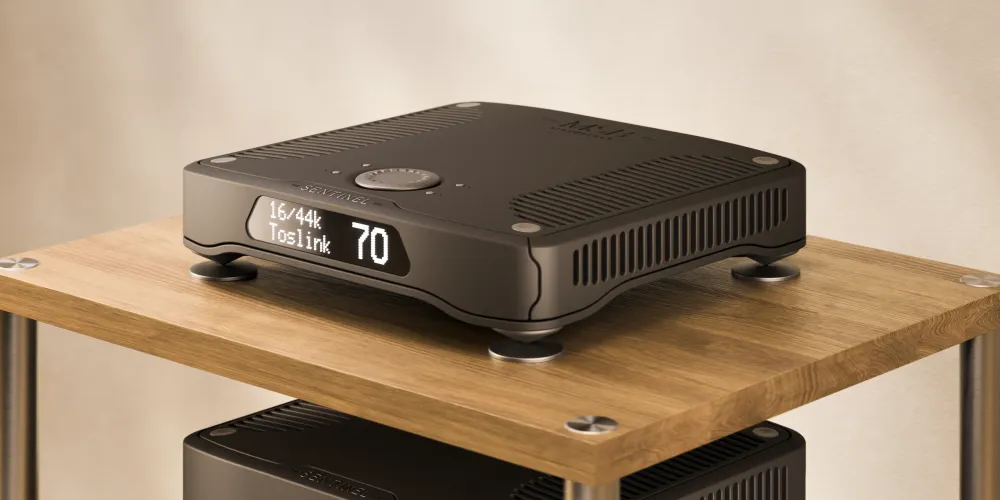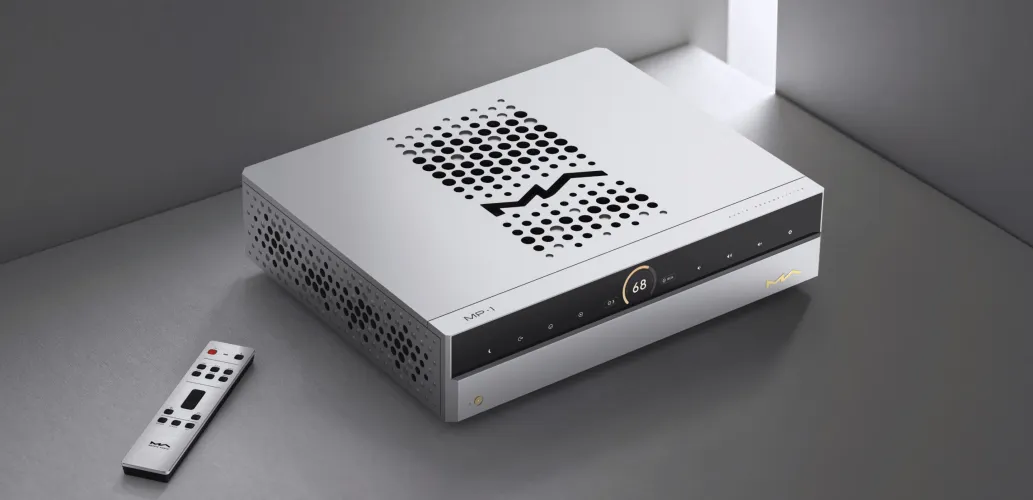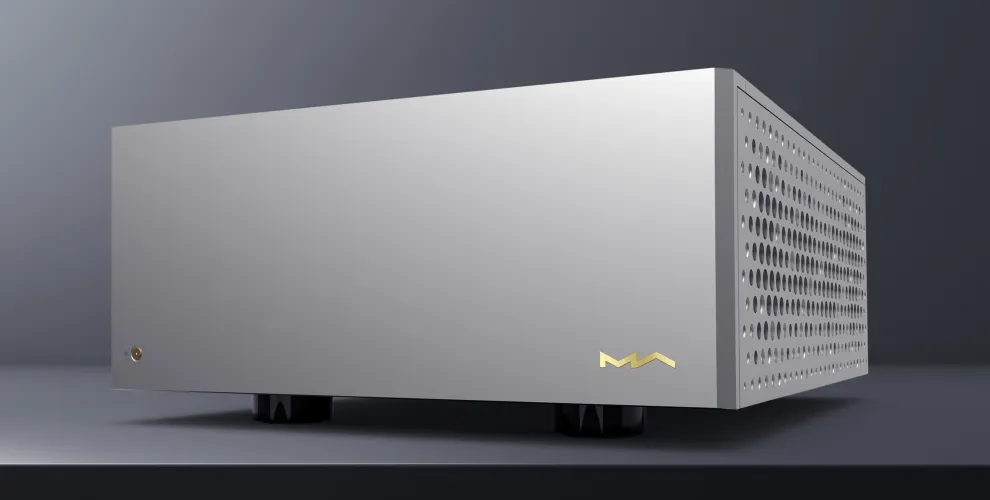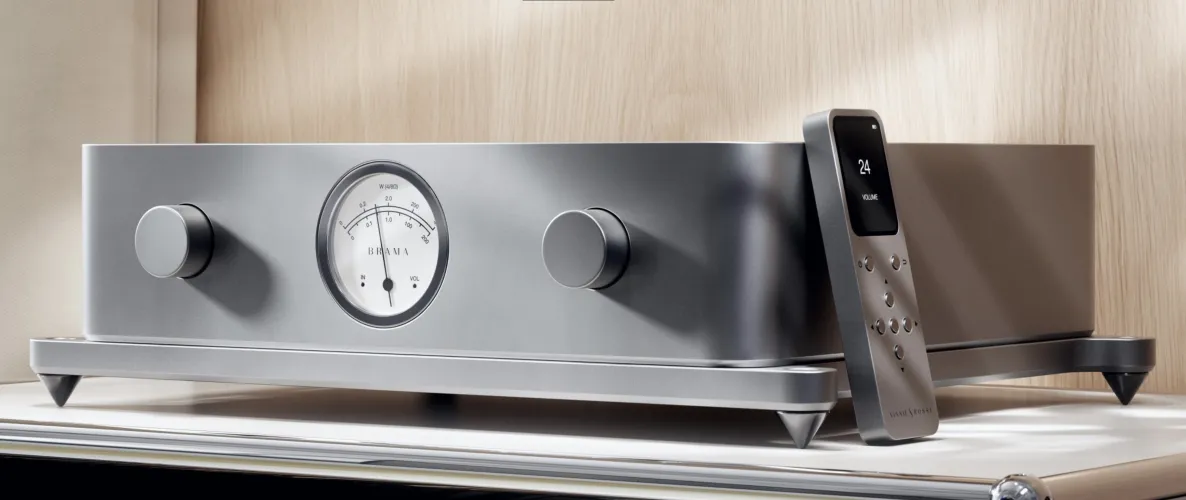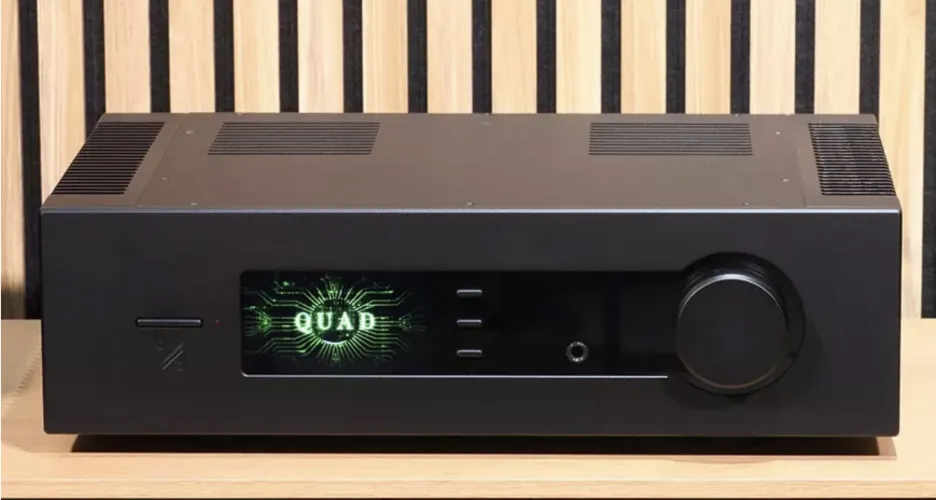
Optimizing Your Audio Streaming Experience
Tips and Tricks for High-End Digital Audio Quality
The vast majority of audio systems, both Hi-Fi and High End, use digital streaming of the music signal. Yes, the magic of vinyl is fascinating, but in many cases in the evening it is much easier to choose a playlist from a streaming service and enjoy Hi-Res sound. However, almost all audio paths oriented to the reproduction of digital, sound can be improved - and the costs of such manipulations will not be too high, and the increase in sound quality can be enormous. In this guide, we will consider the main techniques and steps for improving the sound of a digital audio system.
1. First, you need to choose the right software player for audio
Software, that is, a player that plays music in the case of streaming, plays an important role. And although we recommend sticking with the industry standard, Roon, it is better to experiment with the results in a specific audio system and compare them with Audirvana and Amarra, as well as with HQPlayer and its connection options to third-party players.
2. It is better to decouple the signal to the digital-to-analog converter via a digital Ethernet/USB bridge
Most digital-to-analog converters only have a USB input, and the signal in the home network is transmitted via an Ethernet connection. Connecting the system via a personal computer is a “bad” solution, as digital noise can ruin the quality of expensive equipment. Well, the Sonore ultraRendu digital bridge has made a real splash in terms of improving the sound quality in a digital system, and the latest version of the device, Sonore ultraRendu Plus, has become even better. This “break” of the path allows you to significantly reduce digital noise and achieve a real increase in sound quality.

3. And connect the bridge itself to the system not via an Ethernet cable, but via an optical interface
The most optimal variant for combating digital noise, which pollutes almost any network, is an optical interface. Many manufacturers have now begun to produce such modules, for example, the Sonore opticalRendu Deluxe bridge or opticalModule is already equipped with an optical interface.
4. A UPnP server is better than cloud streaming
Yes, if you have the opportunity to purchase Hi-Res files, their sound from a local home network will be slightly better than through cloud streaming. Another brick in the foundation of improving the sound quality of a digital audio system.

5. In the case of using Roon, Nucleus or another system with ROCK OS may be the best choice
Roon software uses its own network transmission protocol, Roon RAAT, and Roon's own operating system, ROCK, also shows excellent results in terms of price/quality in this configuration. It can be installed on a third-party server that meets Roon's requirements, or you can purchase a proprietary solution - a server for running the Roon core. Thus, Roon Nucleus Titan shows simply brilliant results.

6. A quality switch is the key to success

An audiophile switch is not a joke, but a very serious device for eliminating the notorious interference in a home network. If the cost of this type of equipment (there are already a lot of audiophile switches released, for example, we can note the Synergistic Research Ethernet UEF Audiophile Switch - or the much more affordable iFi Audio LAN iPurifier Pro) seems unacceptable - you can simply purchase a linear power supply for your current switch.

7. Power cables are the main link in the digital path binding
It is the power cables that make the greatest contribution among the "binding" in the digital path. So, the rule is simple - we redistribute the budget available for connectors to this sector and equip all links of the digital path with high-quality power cables.

8. Network filters and regenerators can also help
Another echelon of the fight against noise and interference is network filters and, ideally, power regenerators. We do not recommend using the latter for amplifiers, as they can lose in the dynamics of the sound, but powering a digital bridge, streamer or DAC from a regenerator is a great idea.
9. Do Ethernet cables play a role?!
Yes, their contribution will not be as noticeable to the overall picture as from power cables - but there will be an impact. Want to avoid such costs? Use the optical network interface, which we talked about above.
10. Ideally, streaming a signal from a PC is evil. A laptop can only be used as a control point / remote control
As already mentioned, the rule is simple - a home computer or laptop can only be used as a control point. With the same Roon, this is very easy to organize - the Roon control module is located on the PC, and the Roon core operates on an external server.
11. Do not forget about experiments with different streaming services - for different genres and formats, they can provide different quality
Amazon Music, Apple Miusic, Tidalm Qobuz - you will be surprised, but different albums and different artists on these streaming services can demonstrate different sound quality, and Hi-Res formats can also differ. So - the more experiments, the better the result.
12. Finally, in most cases, DSD wins in a home collection, not PCM stream
In the case of using home storage of music data, DSD, especially DSD128 and DSD256, can usually show a slightly better result than Hi-Res PCM.
Conclusion - even in High-End systems (not to mention the Hi-Fi class) you can put the "finishing touches" and significantly improve the sound quality.


